Market Analysis
In-depth Analysis of Extreme Ultraviolet EUV Lithography Market Industry Landscape
The market dynamics of the Extreme Ultraviolet (EUV) lithography market are influenced by a multitude of factors that collectively shape its trajectory. One of the primary drivers is the continuous evolution of semiconductor technology. As the demand for smaller, more powerful electronic devices increases, semiconductor manufacturers are compelled to adopt advanced lithography solutions like EUV. The ongoing improvements in EUV technology, such as enhanced precision and increased production efficiency, drive the market forward as manufacturers seek cutting-edge solutions to meet the demands of the ever-evolving electronics industry.
Global economic conditions play a significant role in the market dynamics of EUV lithography. Economic stability, consumer purchasing power, and overall market sentiment impact the semiconductor industry's growth and, consequently, the demand for advanced lithography technologies. Economic downturns may lead to reduced investments in technology upgrades, affecting the adoption of EUV lithography, while periods of economic growth create favorable conditions for increased investments in cutting-edge semiconductor manufacturing technologies.
Supply chain dynamics are another crucial aspect of market dynamics. The availability and accessibility of key raw materials, components, and equipment influence the manufacturing process. Disruptions or fluctuations in the supply chain can impact the production capabilities of semiconductor manufacturers, directly affecting the adoption of EUV lithography. A stable and resilient supply chain is essential for the sustained growth and competitiveness of the EUV lithography market.
Technological advancements not only drive demand but also intensify competition within the EUV lithography market. Companies strive to differentiate themselves by developing more advanced and efficient lithography solutions. The competitive landscape is marked by a continuous race to innovate and offer superior products, with each player vying for a larger market share. This dynamic competition fosters innovation and benefits end-users as companies push the boundaries of what EUV lithography can achieve.
Regulatory factors also play a crucial role in shaping the market dynamics of EUV lithography. Government policies, trade regulations, and industry standards influence the market environment. Supportive regulations that encourage technological innovation and investments in semiconductor manufacturing can propel the widespread adoption of EUV lithography. Conversely, regulatory hurdles or uncertainties may pose challenges for market players, affecting their strategic decisions and investments in EUV technology.
Market dynamics are further influenced by the constant pursuit of cost-effectiveness. The high initial costs associated with EUV lithography have been a deterrent for some manufacturers. However, ongoing efforts to optimize manufacturing processes and reduce overall costs are contributing to a more favorable economic landscape for EUV lithography adoption. As cost-effectiveness improves, more semiconductor manufacturers are likely to embrace this advanced lithography technology.
The ever-growing demand for miniaturization and increased functionality in electronic devices is a driving force behind the market dynamics of EUV lithography. Consumers seek smaller, more powerful devices, and semiconductor manufacturers must adapt to these trends by producing chips with higher transistor density. EUV lithography, with its capability to achieve finer features, is a key enabler for meeting these consumer demands, positioning itself as a crucial technology in the constantly evolving landscape of the semiconductor industry.
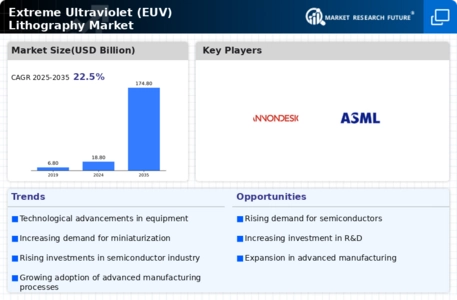
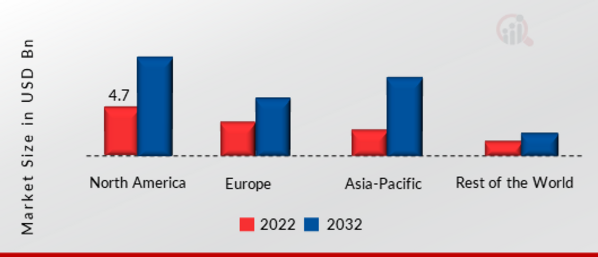
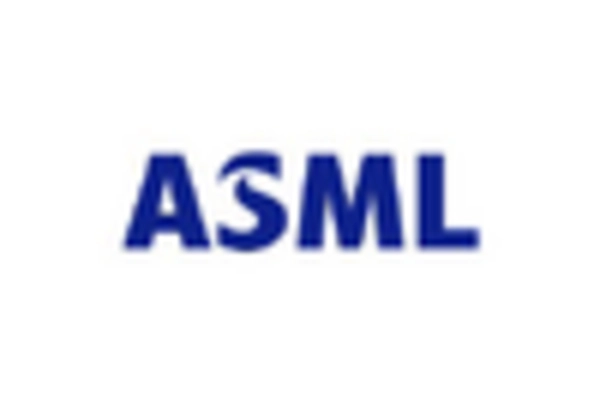
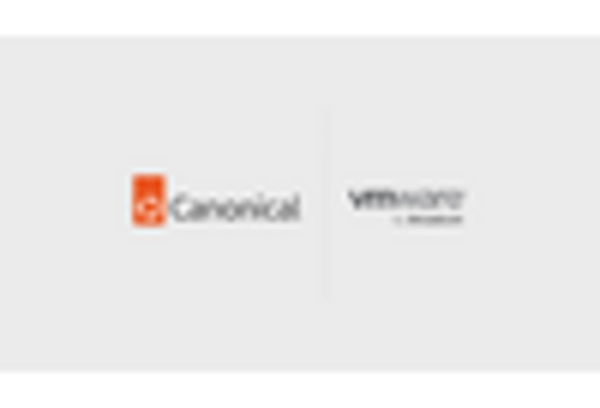
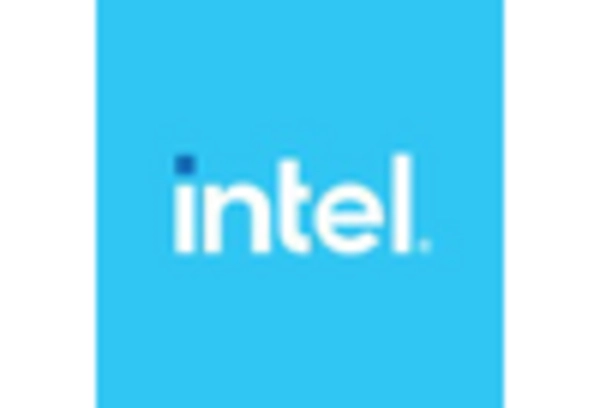
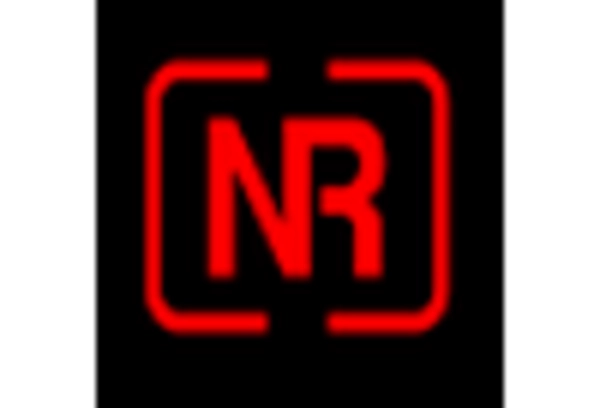
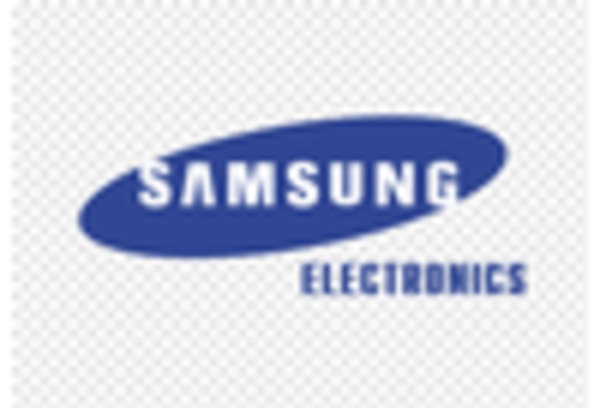









Leave a Comment